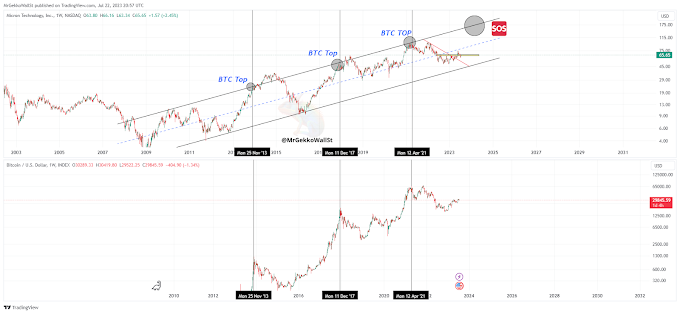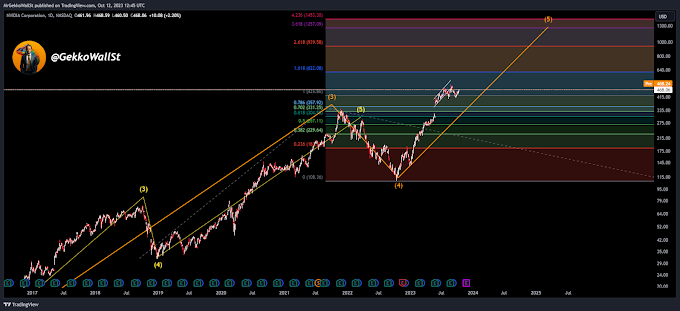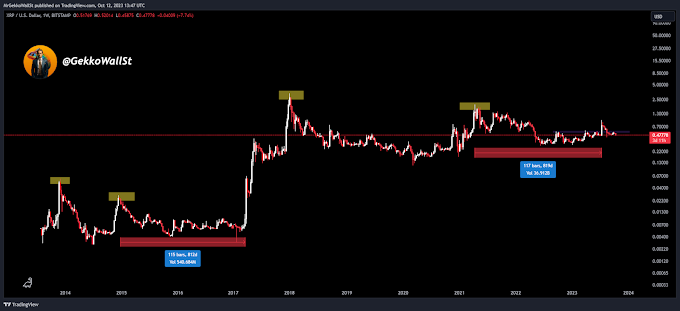The Bitcoin halving is a scheduled event that occurs approximately every four years as part of the underlying protocol of the cryptocurrency. It's also known as the halvening. The term "halving" refers to the reduction by half of the reward that Bitcoin miners receive for validating and adding new blocks to the Bitcoin blockchain.
In the context of Bitcoin, the reward per block is initially set at a certain number of bitcoins. Every 210,000 mined blocks, the Bitcoin protocol automatically adjusts this reward by dividing it in half. Initially, the reward per block was 50 bitcoins. In the first halving, which took place on November 28, 2012, the reward dropped to 25 bitcoins per block. In the second halving on July 9, 2016, the reward dropped further to 12.5 bitcoins per block. The last halving occurred on May 11, 2020. The issuance was reduced to 6.25 bitcoins per new mined block, equivalent to 900 coins per day.
The next halving is expected to occur in 2024, when the reward per block will be once again reduced by half, to 3,125 bitcoins per block. This reduction in the block reward occurs to control the rate of new bitcoin issuance and thus limit the total supply of bitcoins to 21 million, as specified in the original Bitcoin protocol. This creates a scarcity mechanism, similar to how precious metals like gold are scarce in nature.
The halving has significant impacts on the Bitcoin ecosystem, influencing the supply of new coins entering circulation and potentially affecting the balance between supply and demand in the market. Historically, some observers believe that the halving may have contributed to increases in the price of Bitcoin, although the relationship between halving and price is complex and subject to various economic and market influences.





